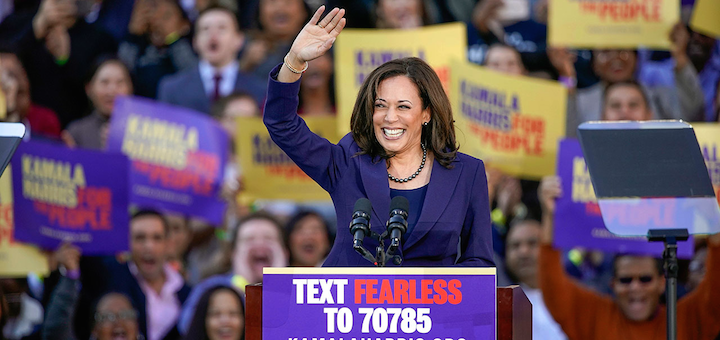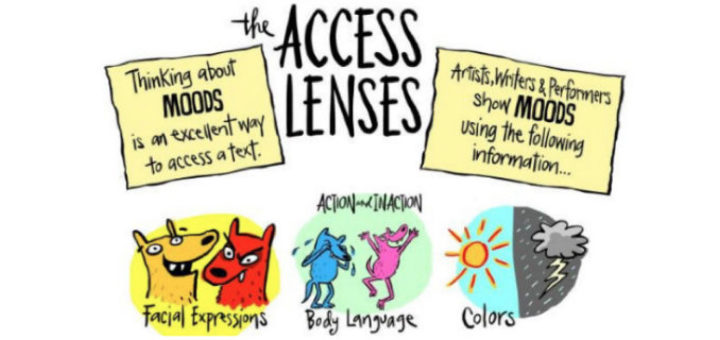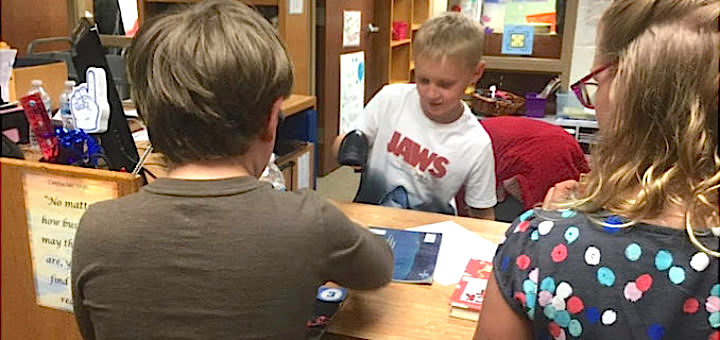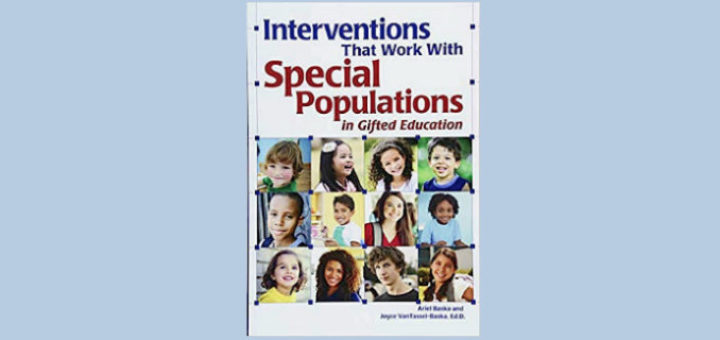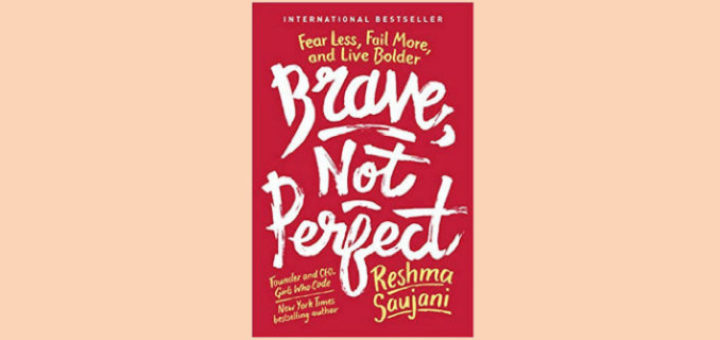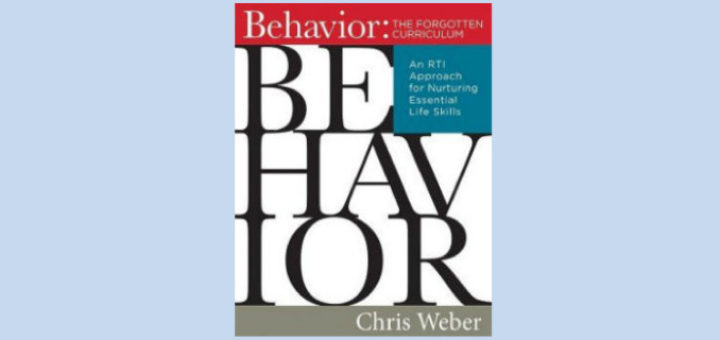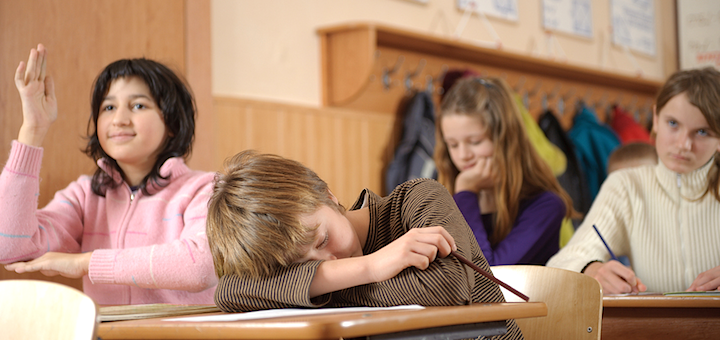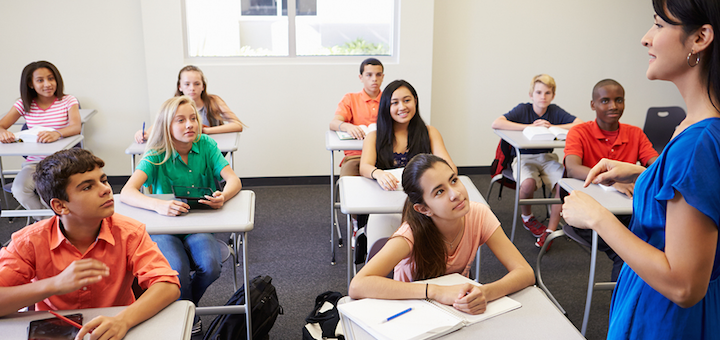Teaching and learning in grades 4-8
As the presidential race heats up, stagecraft and poli-optics will be an important part of everything we see and hear, writes media literacy expert Frank Baker. Here’s how we can help students pull back the curtain on techniques used by professional image manipulators.
Whether they are fiction or nonfiction, the best stories are told through mood as we react to events, people and emotions. For students, identifying, tracking and exploring moods in stories and images is an easy way to enter into text. Teacher Trevor Bryan shares his approach.
That day you left your notes at home. Or taught a stupendous lesson that left kids bored. Or found a student’s super essay was all plagiarized. Or arranged a special speaker only to learn about a conflicting event. Middle school teacher Lauren Brown offers solace and a mood lifting idea.
Students who love to read: that’s our goal! Rita Platt’s school makes open library access a top priority, with impressive results. She spent eight years as librarian before becoming principal and shares proven ideas to create an efficient and flexible kid-led operation.
Building on case studies of 11 gifted students in special populations, the authors provide resources to help all educators understand how to best serve gifted students who also have other special needs. Reviewer Pamela Shaw is a parent of two twice-exceptional kids.
Reshma Saujani offers insights about what it means for girls to be brave but not perfect. Teachers can pass her ideas on to their students, writes educator Bill Ivey, whether by internalizing them and sharing when needed or by actually studying Saujani’s book in class or in clubs.
Chris Weber’s useful book, Behavior: The Forgotten Curriculum, An RTI Approach for Nurturing Essential Life Skills, seeks to help schools implement MTSS for behavior in a systematic, practical way, with or without formal adoption of PBIS, writes principal Rita Platt.
Among the outdated teaching still found in schools, coach and NBCT Elizabeth Stein singles out round robin or popcorn reading for immediate elimination. Other research-based strategies can easily be substituted and lead to a more effective and just learning environment.
Too often classroom questioning becomes pedagogical ping-pong, resulting in predictable, back-and-forth exchanges between teachers and students. Use these questioning strategies and tools shared by teacher educator and former Kansas TOY Curtis Chandler to up your game.
Giving students tools to slice into a text and formulate specific thoughts backed with evidence has transformed NBCT Marilyn Pryle’s classroom discussions. “Instead of tentative guesses from a few, we now have detailed conversations that draw the whole class in.”

